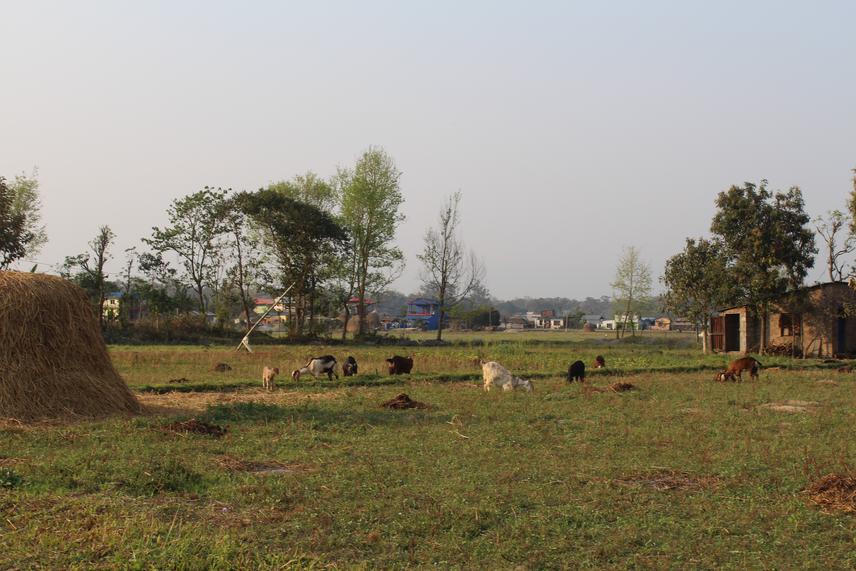Articles featuring the project.
Nature Khabar - 36 ‘Big cats’ Poachers Caught in 3 Months,
26 Jun 2018 Shivapuri-Nagarjun National Park, Nepal, Indian Sub-continent Carnivores | Conflict | Mammals
The project is based on four native big cats (Tiger, snow leopard, common leopard, and clouded leopard) conservation in Nepal. The project sites are eight big cats bearing protected areas namely Parsa, Chitwan, Banke, Bardia, Shivapuri-Nagarjun, Annapurna, Manaslu and Lamtang.
The big cats are top carnivores to terrestrial ecosystem, but are facing conflicts leading to increased rate of crimes. This project aims to mobilize print and electronic media in order to create awareness, education and attract local communities towards big cats’ conservation. The major activities are TV talk show, radio program and online news portal. The conflicts and crime information will be analysed based on species type, incident place and timing of the incident. Social and online media will be used to explain the results.
This project expects to support local communities, youths and frontline staffs in order to understand the importance of big cats and its roles for maintaining functional ecosystems.

The project is based on four native big cats (tiger, snow leopard, common leopard, and clouded leopard) conservation in Nepal. This project ''Big Cats (common/clouded/snow leopard and tiger) Conservation in Nepal: Role of Media to Combat Crime and Conflict of Carnivores'' aims to assess major threats of big cats mainly human-big cats' conflicts and big cats' crime focussing on poaching and illegal trade of their parts.
The big cats are top carnivores to terrestrial ecosystem, but are coping with conflicts and crimes in the recent days. The project will be implemented at eight big cats bearing protected areas namely Parsa National Park, Chitwan National Park, Banke National Park, Bardia National Park, Shivapuri-Nagarjun national park, Annapurna conservation area, Manasul conservation area and Lamtang National Park (Figure 1). The project covers all the geographical area of big cats from lowland to high Himalayas. Chitwan, Parsa, Bardia and Banke National Parks are habitat to tiger and common leopard while clouded leopard and snow leopard are found in Shivapur-Nagarjun National Park. Likewise, Langtang National Park and Annapurna and Manaslu Conservation Areas are the habitat for snow leopard (Figure 1).
This project aims to mobilize print and electronic media in order to create awareness, education and attract local communities, youths and frontline staffs towards big cats’ conservation.
The major activities of the projects are desk study and information collection on big cats, its policy and programs, assessment of conservation partners. The field visit will be carried out based on the close coordination with government staffs and conservation partners. The interaction will be collected and analysed together with local communities, media personnel and frontline staffs of eight big cats bearing protected areas. Based on the collected information in the field, talk programs will be carried out at local and national radio and FM. The story of human-big cats conflicts, poaching and illegal trade will be written and published in the naturekhabar.com online news portal. A GIS map will be pared based on the species type, incident site and timing of the incident. An interaction program will be carried out with policy makers and planners. It is expected that this information will be helpful to the mangers, planners and policy makers of those protected areas to combat the crime and manage the conflicts in the future.
This project expects to support local communities, youths and frontline staffs to understand the importance of big cats and its roles to maintaining functional ecosystems.